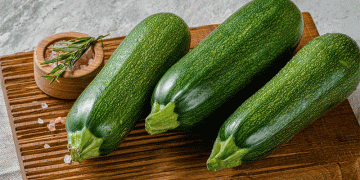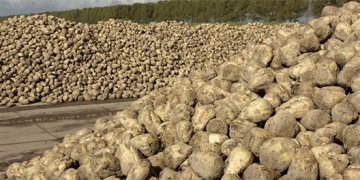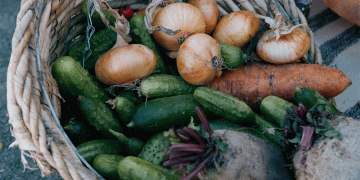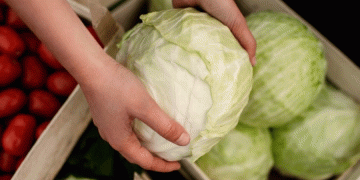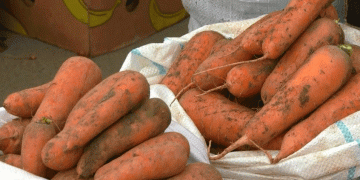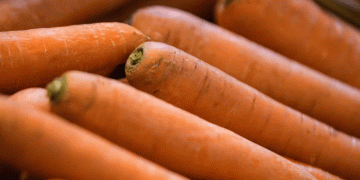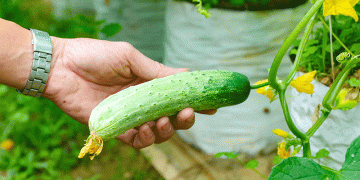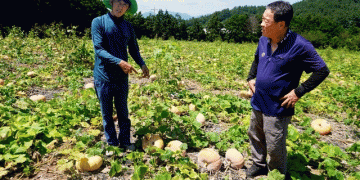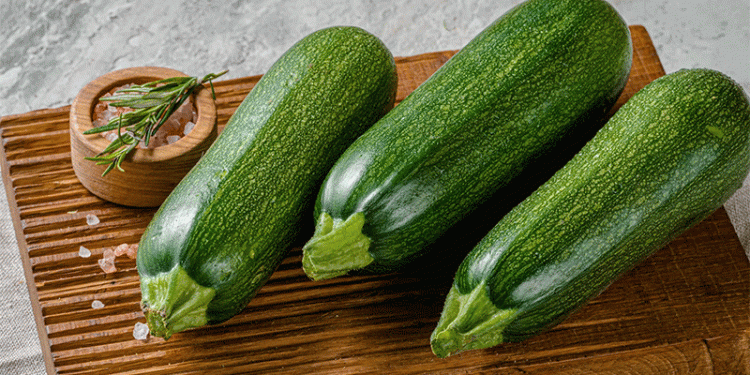In 2024, Spain solidified its position as the undisputed leader in zucchini exports to the European Union, capturing a staggering 66.37% market share—far ahead of competitors like Morocco (7.74%) and Germany (5.31%). According to Euroestacom (ICEX-Eurostat) and EU customs data (TARIC), Spain sold 321.44 million kilograms of zucchini, worth €444.3 million, at an average price of €1.38/kg. This marks a 43.17% increase since 2015, showcasing Spain’s growing dominance in European vegetable trade.
EU Market Overview: Who’s Buying?
The EU imported a total of 484.3 million kg of zucchini in 2024, with Spain supplying nearly two-thirds of the demand. Morocco, the second-largest supplier, contributed 37.5 million kg, while Germany’s 25.74 million kg likely included re-exports. Notably, Germany’s sales declined by 28.3% compared to 2015, suggesting a shift in supply chains favoring Spanish produce.
Why Is Spain So Dominant?
Several factors contribute to Spain’s zucchini supremacy:
- Favorable Climate: Extended growing seasons and advanced greenhouse technologies enable year-round production.
- Logistics Advantage: Proximity to key EU markets reduces transportation costs and ensures fresher produce.
- Economies of Scale: Large-scale farming and efficient export networks keep prices competitive.
What Does This Mean for Farmers and Agribusinesses?
Spain’s overwhelming market share underscores the importance of production efficiency, trade agreements, and supply chain optimization in modern agriculture. For competing nations like Morocco and Germany, investing in technology, sustainable practices, and export incentives will be crucial to closing the gap. Meanwhile, EU farmers and agronomists must adapt to a market increasingly shaped by Spain’s dominance.
